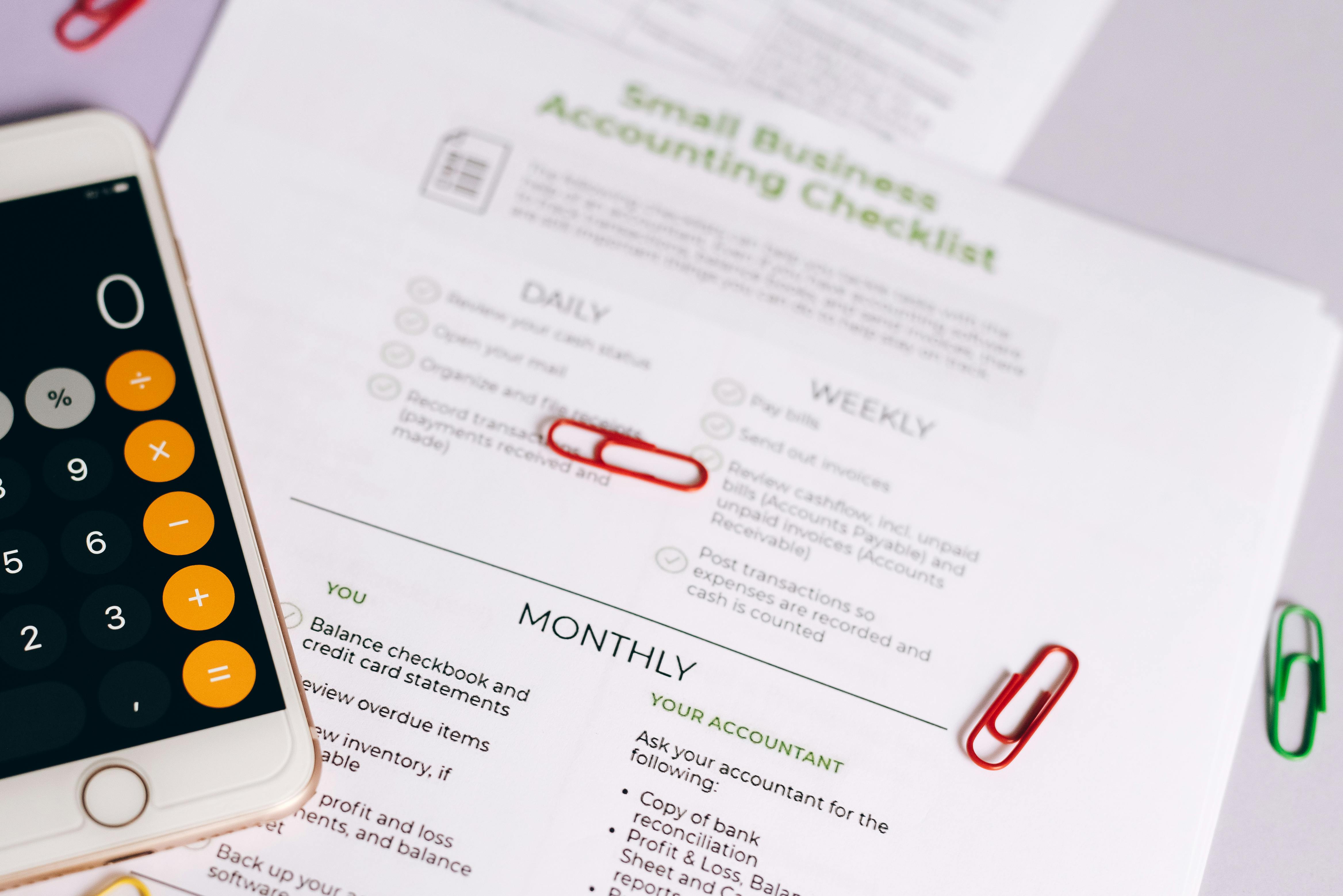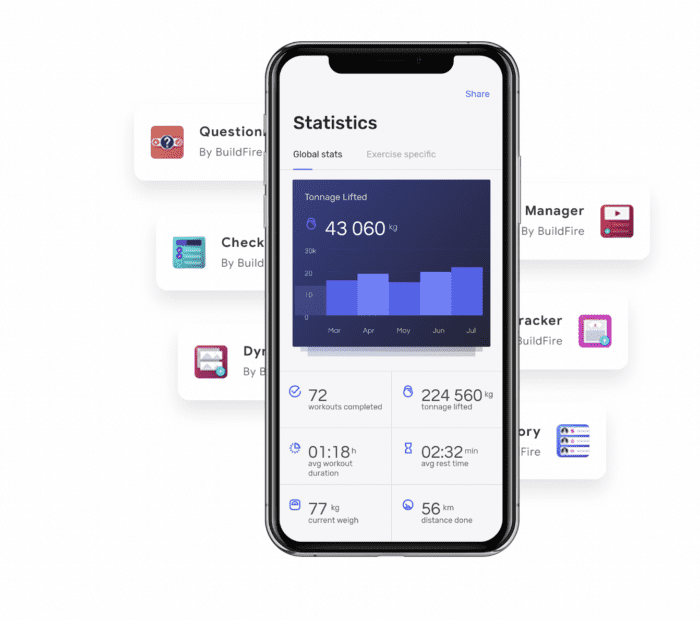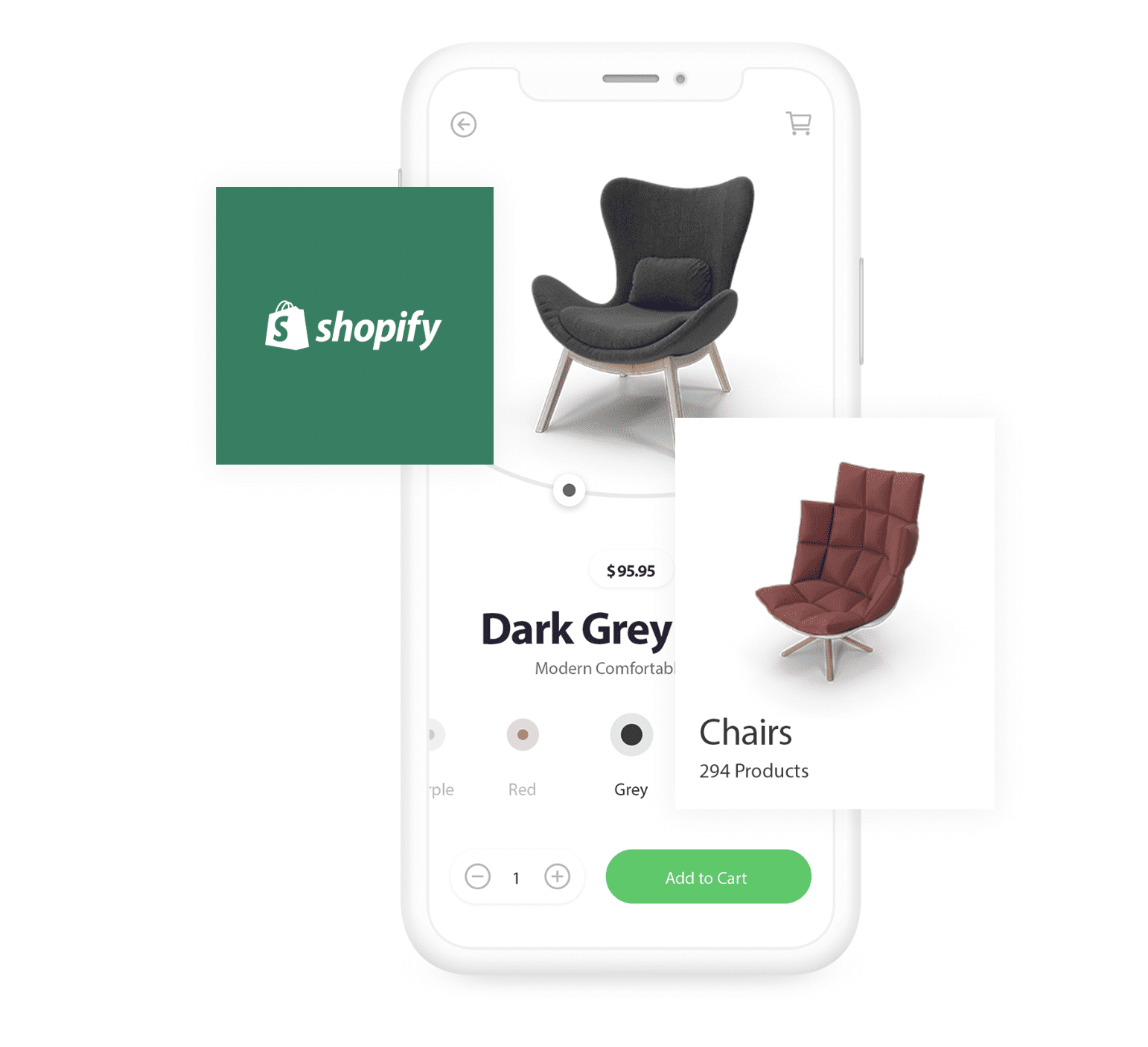A Comprehensive Guide to Evaluating Mobile App Performance

Image Source: Pexels

With the exponential growth in the digital landscape, evaluating the performance of mobile applications has become a critical aspect for businesses to gain a competitive edge. The quality of the user experience stands as a pivotal determinant of an app's success. As more and more consumers become heavily dependent on mobile applications for their daily chores, app developers must lay significant emphasis on enhancing app performance to leave a lasting impression on users.
This article will serve as a detailed manual on how to evaluate mobile app performance through specific app Key Performance Indicators (KPIs). Comprehending these KPIs can assist developers, businesses, and stakeholders to make informed decisions and enhance user experiences. This guide will also aid you in driving the growth and success of your applications.
By the conclusion of this manual, you will acquire a profound understanding of the diverse metrics that contribute to app performance. You can then utilize this knowledge to build and maintain a prosperous mobile application.
Setting Your Aims For Mobile App Performance Evaluation
Before exploring the various KPIs used to evaluate mobile app performance, it's vital to first identify the aims for your app. Defining what success looks like for your app is a significant step in determining which metrics are of utmost importance to your business.
Here's an optimal way to define success for your app performance evaluation:
- Set out clear goals for your mobile app
- Comprehend your target audience and their requirements
- Determine the desired results and milestones for your app
- Align app goals with business objectives
- Understand that different app types (e.g., gaming, ecommerce, internal communication, productivity) may necessitate different KPIs
- Customize your KPIs to your app's specific goals and objectives
- Refrain from focusing on irrelevant or less critical metrics for your app
By dedicating time to identify your app's goals and aligning them with your business objectives, you'll gain a better understanding of which KPIs are most relevant and critical to your app's success. This understanding will enable you to concentrate on the right metrics, enhance your app's performance, and ultimately deliver a valuable experience to your users.
Remember these tips as we proceed through this guide, as they will help shape your entire mobile app performance evaluation process.
Overview of Mobile App Performance Evaluation KPIs
Having established your app's goals and objectives, it's time to delve into the KPIs (key performance indicators) that play a critical role in mobile app performance evaluation. We'll brief you on what KPIs are, their significance, and the diverse categories of KPIs used to assess mobile app performance.
What are mobile app KPIs?
KPIs are quantitative and qualitative measures of app performance. These metrics can ultimately assist you in tracking progress towards your app goals.
Monitoring KPIs is crucial for app mobile app performance evaluation as it aids developers in facilitating data-driven decision-making. These metrics will help you observe your app performance over time and assist in allocating your resources properly. Mobile app performance evaluation is also the optimal way to identify areas of improvement for your app.

Common categories of KPIs for mobile app performance evaluation include:
- User acquisition metrics
- User engagement metrics
- Conversion metrics
- App performance metrics
- User satisfaction metrics
Understanding these different categories of KPIs will enable you to adopt a holistic approach to mobile app performance evaluation. In the following sections, we'll delve into each category in greater detail--providing insights into the specific metrics that can help you enhance your app's performance and achieve your goals.
User Acquisition Metrics
The foundation of your app's growth and success lies in user acquisition. It's essential to measure how effectively you attract and convert users into active app users.
-
App downloads : The total number of instances when your app has been downloaded from app stores. This is a fundamental metric to track your app's visibility and reach.
-
Cost per acquisition (CPA) : The average expense incurred in acquiring a new user, calculated by dividing the total marketing expenditure by the number of newly acquired users. This metric assists you in assessing the effectiveness of your marketing campaigns and allocating your budget more efficiently.
-
Organic vs. inorganic downloads : Organic downloads are those resulting from users discovering your app through app store searches, word-of-mouth, or other unpaid channels. Inorganic downloads arise from paid marketing campaigns. Comparing these two types of downloads can help you gauge the effectiveness of your marketing efforts and the overall discoverability of your app.
-
App store rankings : Your app's position in app store search results and category rankings. A higher ranking can lead to increased visibility and more downloads, making it essential to optimize your app store listing with pertinent keywords, screenshots, and descriptions.
-
User sources : The channels and platforms through which users discover and download your app. Examples include social media, search engines, and referral programs.
By closely monitoring and analyzing user acquisition metrics, you can identify trends and patterns that highlight the strengths and weaknesses of your marketing and user acquisition strategies. This valuable insight enables you to make data-driven decisions, refine your approach, and ultimately expand your user base more effectively.

User Engagement Metrics
User engagement metrics assist you in understanding how users interact with your app and identify areas that may need enhancement to improve the overall user experience. Here are the top metrics you need to monitor to help measure your app's performance:
-
Daily active users (DAU) : The number of unique users who engage with your app on a daily basis. This is a strong indicator of your app's stickiness and daily user engagement.
-
Monthly active users (MAU) : The number of unique users who engage with your app within a given month. MAU helps you understand the broader engagement trends and user growth over time.
-
Session length : The duration a user spends in your app during a single session. Session length helps you identify how engaging and compelling your app's content is for users.
-
Session frequency : The average number of times a user opens your app within a specific time period, typically daily or monthly. A higher session frequency suggests stronger user engagement.
-
Time spent in the app : The total time users spend interacting with your app, often measured as an average per user. This metric can be a good indicator of the overall value and relevance your app provides to users.
-
Screen flow and user paths : The sequence of screens and actions users take within your app. Analyzing screen flow and user paths can help you identify bottlenecks, optimize navigation, and enhance the user experience.
-
Retention rate : The percentage of users who continue to use your app over a specific period, typically measured after a week, a month, or longer. A high retention rate indicates that your app is successfully keeping users engaged over time.
-
Churn rate : The percentage of users who stop using your app within a given time frame. A high churn rate suggests that users are not finding enough value in your app, and you may need to address issues related to usability, content, or functionality.
In addition to the metrics mentioned above, it's important to consider the specific context and goals of your app when evaluating user engagement. Different types of apps may require unique engagement strategies and KPIs--and what works for one app may not necessarily be applicable to another.
By continuously monitoring these metrics and iterating on your app's features and content based on user behavior, you can create a more personalized and enjoyable experience for your users.
Conversion Metrics
Conversion metrics assist you in measuring the effectiveness of your app in driving these outcomes and identify areas that need optimization. It's important to ensure that users complete desired actions within your app, such as making purchases, signing up for services, or reaching specific milestones.
-
Conversion rate : The percentage of users who complete a specific action or goal within your app. Making a purchase or signing up for a newsletter would both be examples. This helps you gauge the effectiveness of your app's design, user experience, and overall value proposition.
-
In-app purchases : The number and value of transactions made by users within your app. Tracking in-app purchases can help you identify popular items, pricing strategies, and user preferences, which can be used to optimize your revenue generation.
-
Average revenue per user (ARPU) : The total revenue generated by your app divided by the number of active users within a given period. ARPU helps you understand the revenue contribution of each user and can be used to inform pricing strategies and app improvements.
-
Customer lifetime value (CLV) : The estimated net revenue generated by a user throughout their entire relationship with your app. CLV takes into account factors such as average revenue per user, retention rate, and churn rate, allowing you to prioritize resources and marketing efforts to attract and retain high-value users.
-
Goal completion rate : The percentage of users who achieve a predefined goal or milestone within your app, such as reaching a specific level in a game or completing a tutorial. This metric can help you assess the effectiveness of your app's onboarding process, content, and overall user experience.
-
Funnel analysis : A method for analyzing user behavior by breaking down the steps or stages users go through to complete a specific action, like making a purchase or signing up for a service. Funnel analysis can help you identify points of friction or drop-off and optimize your app to increase conversions.

By carefully monitoring and analyzing conversion metrics, you can gain valuable insights into your app's ability to drive desired outcomes and generate revenue.
App Performance Metrics
Technical performance is a vital aspect of your app's overall success--as it directly impacts user experience and satisfaction. App performance metrics assist you in evaluating the speed, stability, and reliability of your app, ensuring that your users have a seamless and enjoyable experience.
-
App launch time : The duration it takes for your app to load and become fully functional after a user opens it. A fast app launch time is crucial for user satisfaction and retention, as users are likely to abandon apps that take too long to load.
-
Latency : The delay between user input and the corresponding response from your app. Low latency is essential for providing a smooth and responsive user experience, particularly for apps that rely heavily on real-time interactions, such as games or messaging platforms.
-
Crashes and errors : The number of instances when your app crashes or encounters errors during use. Tracking crashes and errors can help you identify and fix issues that impact user experience, stability, and overall app performance.
-
API response time : The duration it takes for your app to communicate with external services, such as servers or third-party APIs. Monitoring API response times can help you ensure that your app is effectively interacting with these services and can provide insights into potential performance bottlenecks or areas for optimization.
-
Device and OS compatibility : The variety of devices and operating systems on which your app functions correctly and optimally. Ensuring broad device and OS compatibility is essential for reaching a larger audience and providing a consistent user experience across different platforms.
These KPIs are crucial in terms of proactively identifying and addressing technical issues that may affect your app's user experience. Addressing these issues promptly can help you maintain a high-quality app that users will continue to enjoy and recommend, ultimately contributing to the growth and success of your app.
User Satisfaction Metrics
These metrics help determine the overall satisfaction and loyalty of your users based on ratings, feedback, and other indicators. Continue below to discover the key user satisfaction metrics that can provide valuable insights into your app's overall performance from the users' perspective.
-
App store ratings and reviews : The average rating and feedback provided by users on app stores. Monitoring ratings and reviews can help you identify areas for improvement, address user concerns, and showcase your app's strengths to potential users.
-
Net promoter score (NPS) : NPS measures user satisfaction and loyalty--calculated by asking users how likely they are to recommend your app to others on a scale of 0 to 10. Users are then classified as promoters (9-10), passives (7-8), or detractors (0-6). NPS is calculated by subtracting the percentage of detractors from the percentage of promoters. A high NPS indicates strong user satisfaction and loyalty.
-
In-app feedback and surveys : Direct feedback collected from users within your app, either through surveys, feedback forms, or other methods. In-app feedback can help you gather insights into user satisfaction, preferences, and potential areas for improvement.
-
Customer support interactions : The number and quality of interactions between users and your customer support team, such as response times, resolution rates, and user satisfaction with the support received. Monitoring customer support interactions can help you ensure that users receive timely and effective assistance, ultimately contributing to overall user satisfaction.
User satisfaction is a key determinant of your app's long-term success and growth. Ensuring that your users are happy with your app can lead to higher retention rates, increased word-of-mouth referrals, and better app store rankings.

Dealing with KPI Data in Mobile App Performance Evaluation
Having identified your KPIs, it's crucial to know how to effectively analyze and interpret the data to make informed decisions and improvements. These five steps will help you successfully evaluate your app's KPI data and drive its growth and success:
- Opt for the right analytics tools
- Determine a benchmark for KPIs
- Regular monitoring and reporting
- Pinpoint trends and patterns
- Make decisions based on data
Read on for a deeper explanation of these five steps.
Step 1 - Opt for the right analytics tools
Choosing the right analytics tools is the first step in effectively analyzing your app's performance data. BuildFire offers built-in analytics tools that make it easy for you to track and analyze your app's KPIs without the need for additional third-party services.
These tools offer comprehensive insights into your app's performance, helping you identify areas for improvement and make data-driven decisions.
Step 2 - Determine a benchmark for KPIs
Before you can effectively analyze and interpret your app's KPI data, it's essential to determine benchmarks or target values for each metric. These benchmarks can be based on industry standards, competitor performance, or your app's historical data.
Determining benchmarks enables you to set realistic goals and measure your app's performance against these targets, allowing for a more focused and goal-driven approach to optimization.
Step 3 - Regular monitoring and reporting
Consistent monitoring and reporting of your app's KPI data are vital for tracking progress and identifying trends over time. Establish a regular schedule for monitoring your app's performance. (like weekly or monthly). Then generate reports that highlight key insights and changes in KPIs.
Regular reporting ensures that you stay informed about your app's performance and can quickly identify and address issues as they arise.
Step 4 - Pinpoint trends and patterns
As you monitor and report on your app's KPI data, pay close attention to trends and patterns that emerge over time. Identifying trends can provide valuable insights into the strengths and weaknesses of your app, helping you pinpoint areas that require optimization.
Look for patterns in user behavior, app performance, and user satisfaction to identify opportunities for improvement and capitalize on your app's strengths.
Step 5 - Make decisions based on data
Armed with the insights gained from analyzing your app's KPI data, it's time to make decisions based on data to optimize your app's performance.
Use the trends and patterns identified in your analysis to inform changes to your app's design, user experience, marketing strategy, or technical performance. Continuously iterate and refine your app based on data-driven insights to ensure that it remains relevant, engaging, and successful in the competitive mobile app market.
Wrapping Up
Understanding and effectively measuring mobile app performance is crucial for any app's success. A data-driven approach enables you to make informed decisions based on real insights--helping you optimize various aspects of your app, including user acquisition, engagement, conversions, and satisfaction.
By continuously monitoring and analyzing key performance indicators, you can identify areas for improvement and ensure your app remains competitive in the fast-paced mobile app market.
As your app evolves and grows, it's essential to adapt your KPIs to align with changing objectives and user needs. This process of continuous improvement requires regularly reevaluating your app's performance, setting new benchmarks, and iterating on your app's features and functionalities.
Staying vigilant and responsive to your app's performance data allows you to create an engaging and successful mobile app that meets the needs of your users and thrives in your industry.